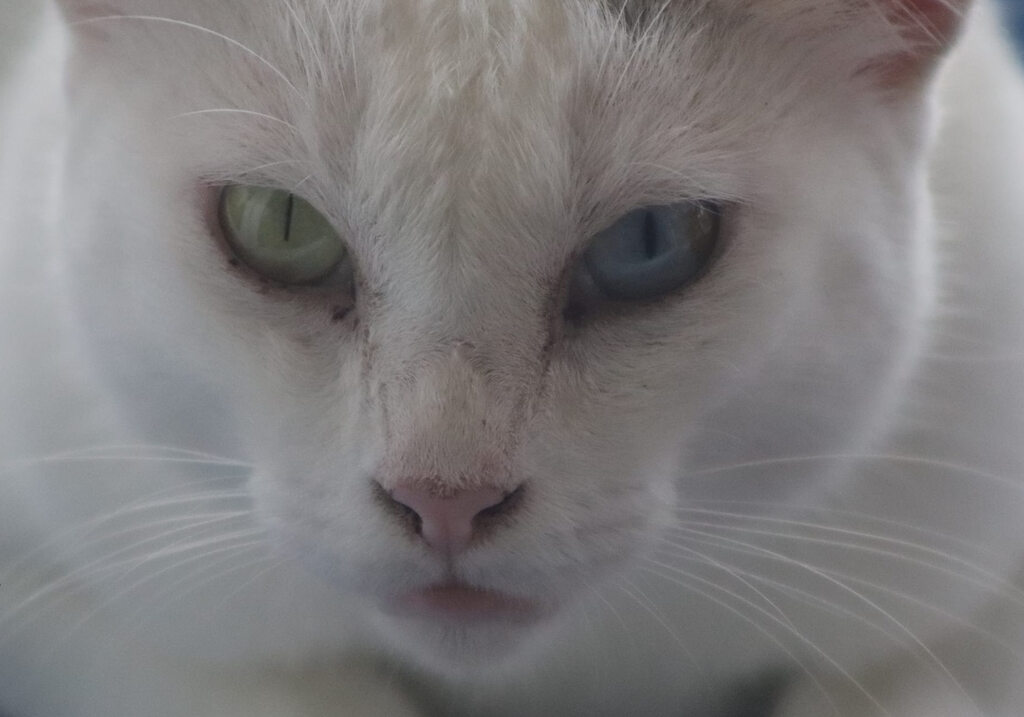
Cat-curfew campaigner sets his aim higher
Wildlife protection

A Douglas Shire resident has stepped up his long-term campaign to protect native wildlife by calling on the newest state Environment Minister to implement a statewide cat curfew.
Ian Mitting, who has been fighting for more than a decade to have tougher cat laws implemented in the Shire region, wrote to State Government Environment Minister Andrew Powell earlier this month.
“It is with great disappointment that your Government has not done something about the cat problem that has been the cause of more deaths of native wildlife than humans have in clearing vegetation,” Mr Mitting wrote.
“Can you please review your policy and protect our wildlife.”
Mr Mitting said last Friday he had not heard back from the Minister yet, but he would continue to lobby for tougher cat laws.
“(I) have seen a few Torres Strait pigeons and baby curlews dead in our street when we had neighbours with cats,” he said.
“This is what started me 13 years ago to try and get the council to implement a cat curfew as other councils have done.
“We live in a unique wet tropics area that depends a lot on tourists.”
Councils in several other states have brought in cat curfews to help protect native fauna, with experts saying Australia leads the world in wildlife extinction rates and two-thirds of those are caused by cats.
Research from the Federal Government’s Threatened Species Recovery Hub has found that every suburb that has a 24-hour curfew on cats will save around 200,000 native animals per year.
It is estimated that cats kill 3.2 million mammals and 1.2 million birds on average each day in Australia.
According to the State Government Environment and Science Department (DESI), there are at least 5.3 million pet cats in Australia, 70 per cent of which are allowed to roam and hunt.
“In Australia, cats mainly hunt small-to-medium-sized native and exotic mammals, birds, lizards and insects,” DESI states.
“It is estimated that cats eat, on average, between 200–300g per day.”
Douglas Shire Council recommends microchipping your cat; Providing adequate food and water, shelter, bedding, stimulus and a suitable living space; providing an appropriate sized and adequately fenced enclosure they cannot escape from; de-sexing your cat; putting a bell collar on them; Keeping cats inside at night, and; Not allowing your cat to wander.
Support public interest journalism
Help us to continue covering local stories that matter. Please consider supporting below.
